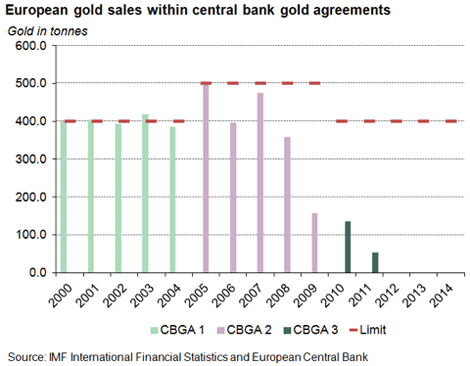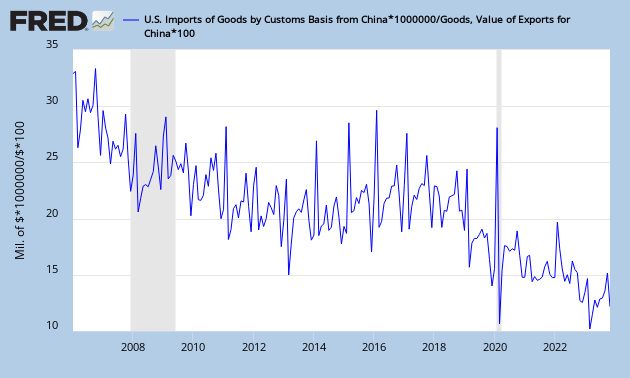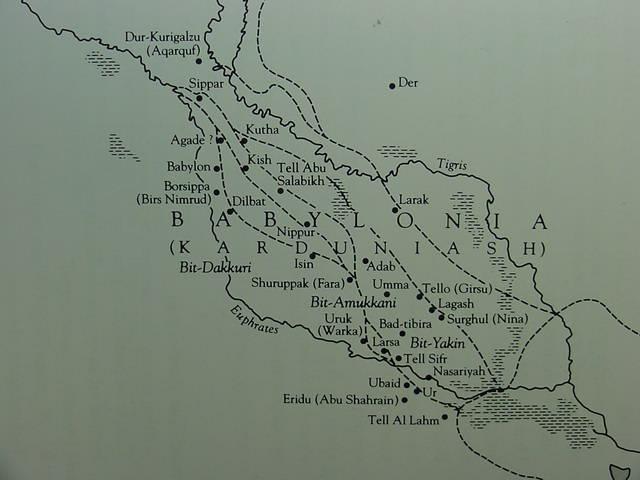The question was clear : "How much do you think 10-year UST yields will change in the event in the event of a technical default (i.e. a coupon or principal payment on US debt is delayed by a short amount of time) ?", but the range of answers is truely amazing (chart below), and reveals how much the understanding of financial markets is upside down.
Keep in mind we are talking here about the most important rate in the current international monetary (fiat) system. When every market are rigged and "virtually artificial", a measurement does not mean anything because the standard used is stretched. And you can't control what you can't measure with reliability.
In this case, we should compare UST rate with a "gold bond" rate. Ooh, there is none ? Yes... and what about to launch again a new "gold bond" (i.e. a bond that is denominated in gold, pays its interest in gold, and pays the principle back in physical gold, and not a gold backed bond denominated in fiat currency) ? A single one would be sufficient to compare with UST, and it can be done by any country in the world, at any time. It would create an enormous attraction and interest by investors.
Why should we force ourselves to navigate blind and tied by the hands in the storms of financial markets ? I guess some BRICS countries at least have perfectly understood the message.
Why should we force ourselves to navigate blind and tied by the hands in the storms of financial markets ? I guess some BRICS countries at least have perfectly understood the message.










